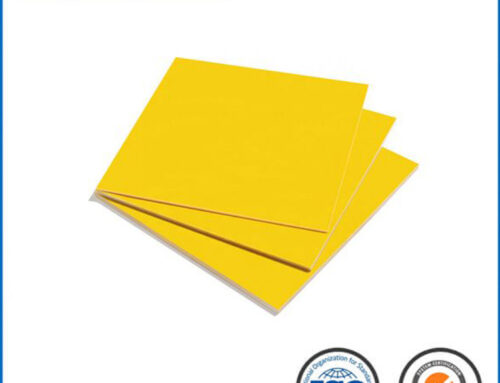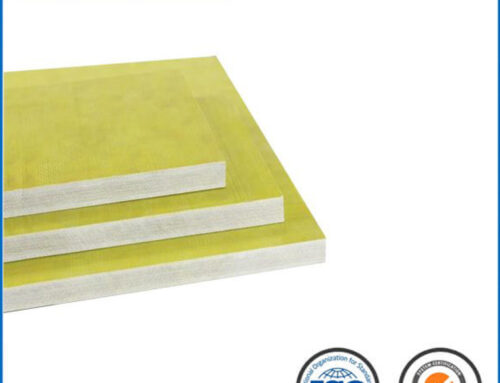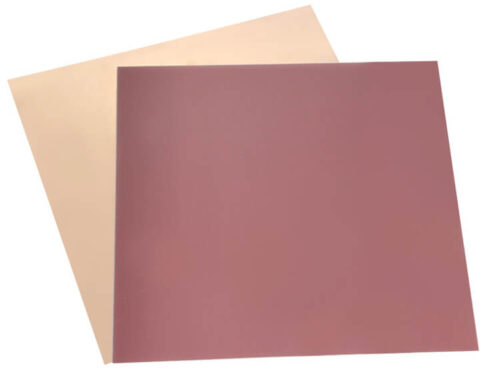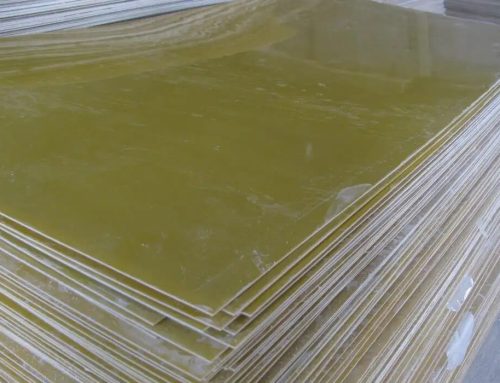Precision machining of epoxy boards stands at the forefront of advanced manufacturing, playing a pivotal role in crafting intricate components for various industries. This article delves into the techniques, methodologies, and diverse applications involved in the precision machining of epoxy boards. From understanding the unique properties of epoxy to exploring cutting-edge machining methods, this exploration aims to shed light on the precision and versatility demanded by industries relying on epoxy board components.
1. Understanding Epoxy Board Properties
Epoxy Composition:
Epoxy boards are composed of a resin matrix reinforced with fiberglass or other materials, offering a balance of strength and electrical insulation.
Machining precision is influenced by the resin’s hardness, thermal properties, and the reinforcement material’s composition.
Electrical Insulation Characteristics:
Epoxy boards are known for their excellent electrical insulation properties, making them crucial in electronic applications.
Precision machining ensures the integrity of electrical pathways and component dimensions.
2. Precision Machining Techniques
CNC Machining:
Computer Numerical Control (CNC) machining is a prevalent technique for precision machining of epoxy boards.
CNC machines offer high accuracy, allowing for intricate designs and precise dimensions in the final product.
Routing and Milling:
Routing and milling are common processes in epoxy board machining, involving the removal of excess material to achieve the desired shape.
Advanced tooling and cutting strategies contribute to achieving tight tolerances and smooth finishes.
3. Applications in Advanced Manufacturing
Electronics Industry:
Precision-machined epoxy boards are integral components in electronic devices, providing support and insulation for intricate circuitry.
The electronics industry relies on the accuracy of machining processes to ensure the functionality of electronic components.
Aerospace Components:
Epoxy boards find applications in aerospace as lightweight and durable materials for components such as instrument panels and structural elements.
Precision machining is essential for meeting aerospace industry standards and ensuring the reliability of components in demanding environments.
4. Challenges and Solutions in Machining Epoxy Boards
Tool Wear and Material Hardness:
Machining epoxy boards can lead to tool wear due to the material’s hardness.
Advanced tool coatings and machining strategies are employed to mitigate tool wear and maintain machining precision.
Dust and Resin Residue:
Precision machining generates dust and resin residue, requiring effective dust collection and cleaning methods.
Environmental control measures contribute to maintaining a clean machining environment.
5. Future Trends and Innovations
Additive Manufacturing Integration:
The integration of additive manufacturing techniques with precision machining is a growing trend.
Hybrid manufacturing processes offer enhanced design flexibility and efficiency in producing complex epoxy board components.
Smart Machining Technologies:
The adoption of smart machining technologies, such as real-time monitoring and adaptive control, enhances precision and efficiency.
These technologies contribute to reducing waste and optimizing the machining process.
Advancing Precision in Epoxy Board Machining
Precision machining of epoxy boards is a cornerstone of advanced manufacturing, with applications spanning electronics, aerospace, and beyond. Understanding the unique properties of epoxy, employing cutting-edge machining techniques, and addressing challenges contribute to achieving the precision demanded by modern industries. As technology continues to evolve, the integration of additive manufacturing and the adoption of smart machining technologies signal a future where precision machining of epoxy boards plays a pivotal role in shaping the components that drive technological advancements.
Video:




